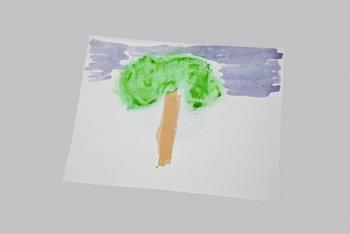
Jacaranda

Plants


Threatened
facts


description
Shady lanes
Jacarandas are popular shade and street trees in mild climates. They originated in dry mountain valleys of Argentina and Bolivia. Lacy jacaranda leaves look a bit like ferns, with small leaflets arranged in rows. ln late spring or early summer, the leaves drop.
Flower-filled canopy
After its leaves drop, foot-long clusters of inch-long tubular flowers burst forth at the tips of every branch. Soon, the lavender-blue flowers cover the tree. For about eight weeks, the blossoms lure bees and birds with their nectar. Then they fall, carpeting the ground beneath the tree with color.
The next generation
As the fallen flowers fade, green leaves sprout on the branches again. As the leaves do their job—turning sunlight into energy—they nourish the next generation of jacarandas: seeds. Tough, flattened, oval seedpods are about two inches long. Bright green at first, they dry and turn brown. After about a year, they split open. The papery, winged seeds inside flutter out and spin as they are whisked away by the breeze.













